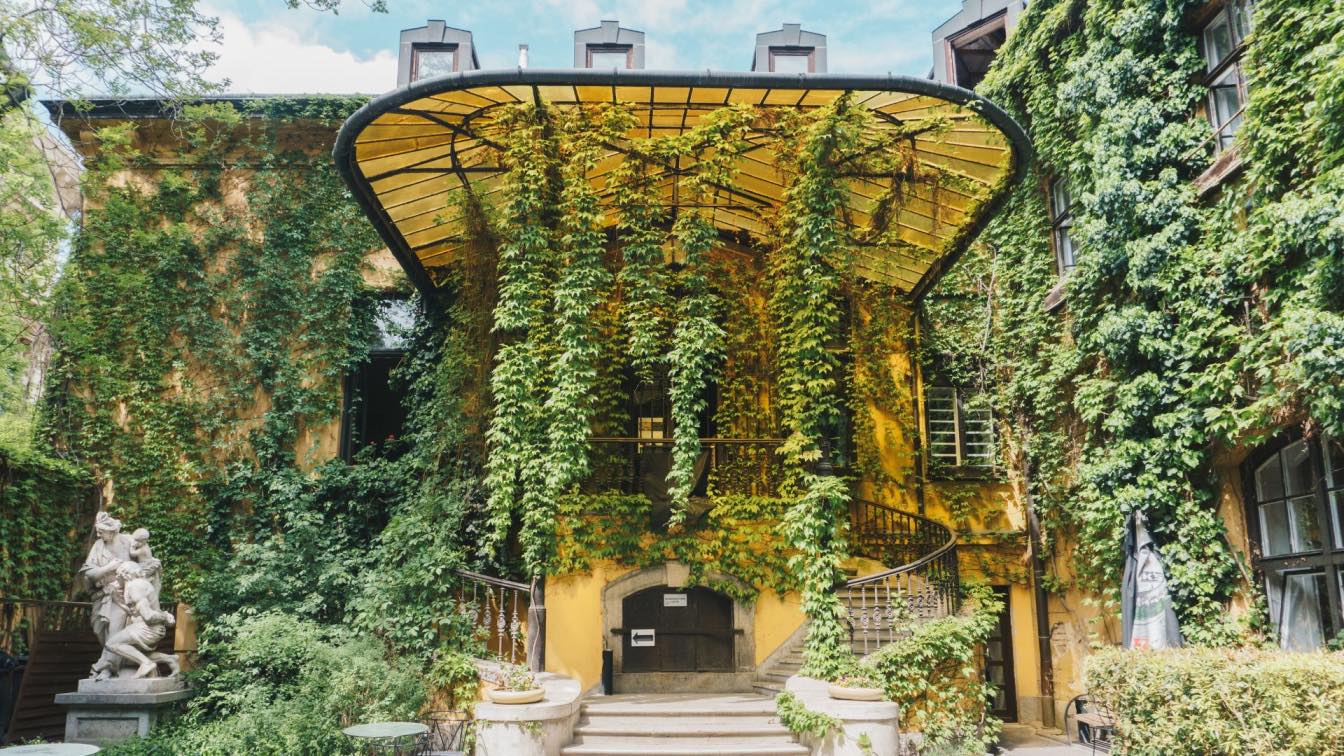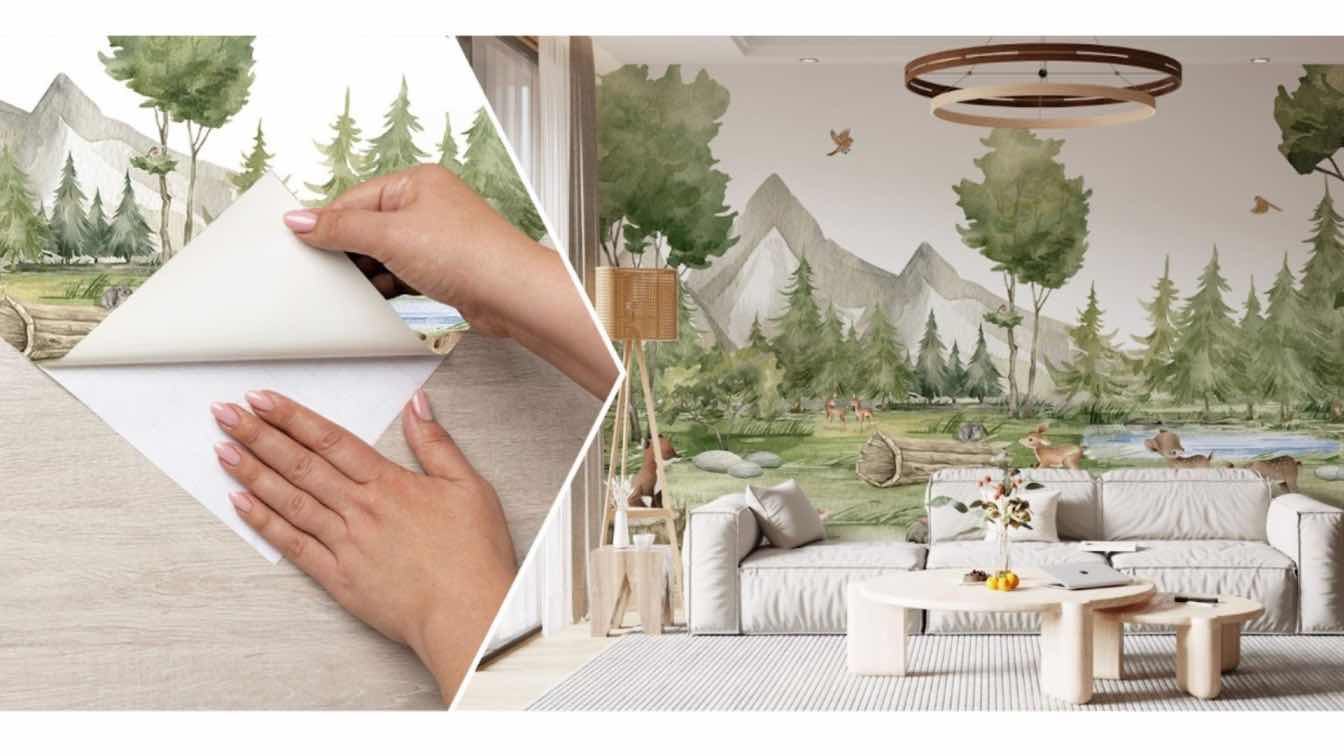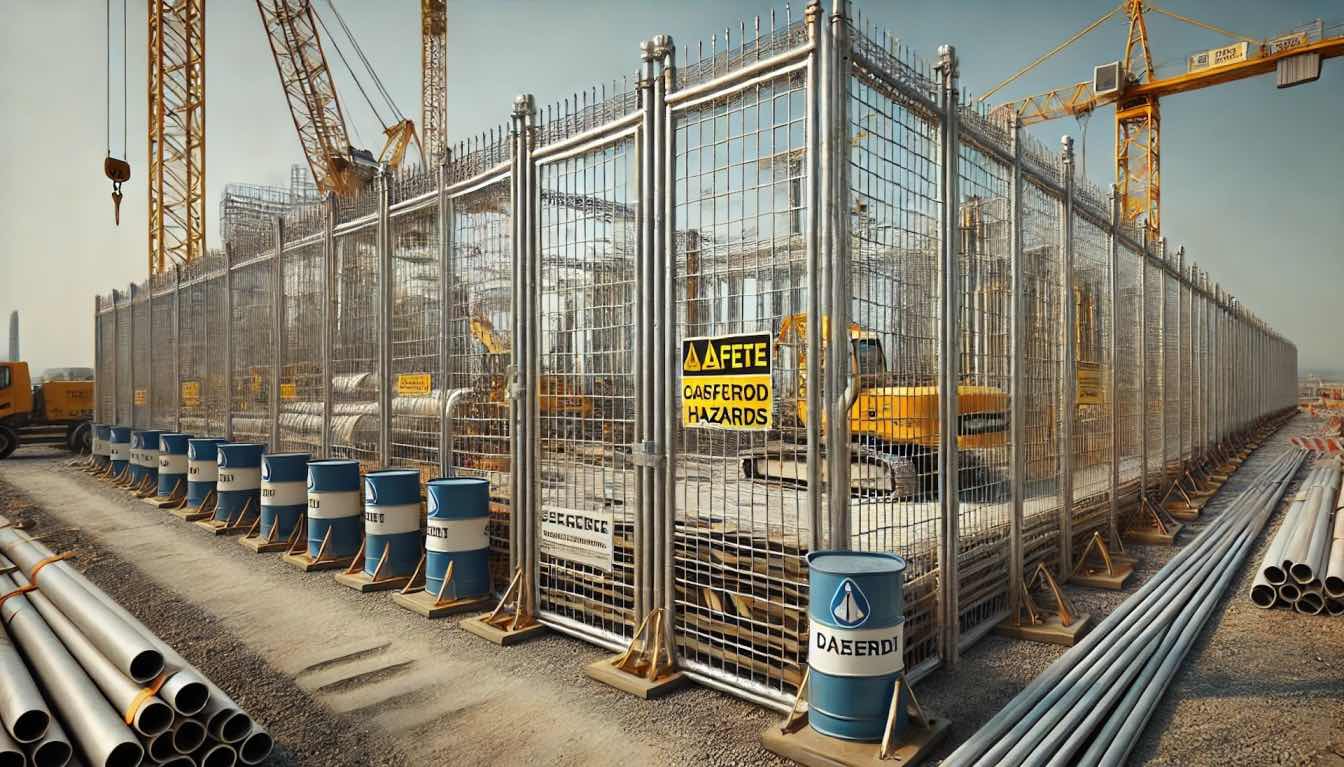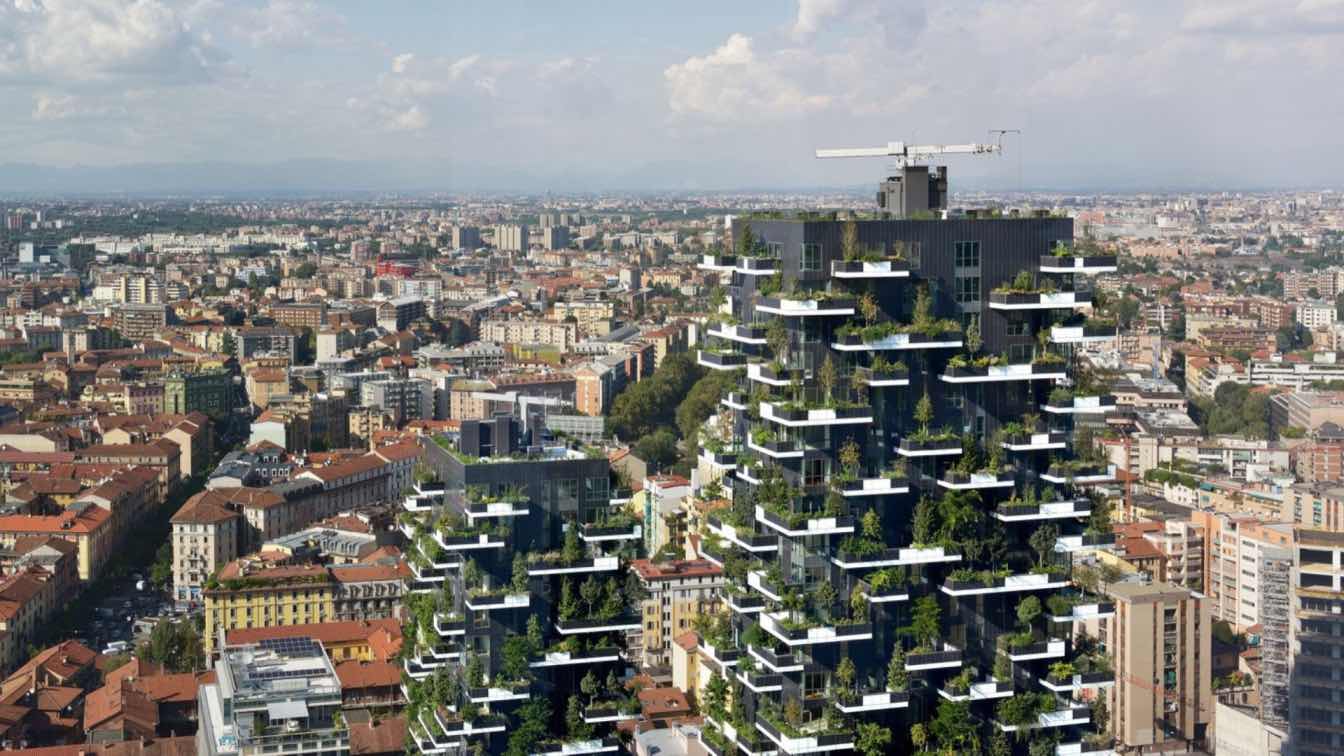Homeowners are becoming more conscious about sustainability due to the serious changes to our climate. Enhancing sustainability in your home should be a priority to minimize your carbon footprint and ensure a greener planet. While the initial investment can be higher, sustainable home designs lead to significant financial and social benefits in the long term. Consider the following elements to make your home more eco-friendly.
1. Maximum Water Conservation
It's easy to think that sustainability only revolves around energy conservation. However, making your home more sustainable means eliminating the wastage of all resources. You can start by finding and fixing leakages or adjusting your routines to save water.
Installing effective systems can help conserve water in your home and minimize monthly bills and energy consumption. Typically, rainwater harvesting systems can provide enough water to water the garden, flush the toilet, and wash your vehicles, saving multiple gallons of water per year. If your tank is too small, you can partner with underground storage tank removal professionals before getting a larger tank.
In addition, low-flow faucets, taps, and showerheads can improve sustainability. Water-efficient home appliances like washing machines and dishwashers are essential in a sustainable home since they ensure effortless water saving.
2. Good Insulation
Insulation plays a significant role in any home's energy efficiency and sustainability. As such, you should always plan for quality and effective insulation materials when building a home. It's essential to understand the resistance and insulation rating of different materials and determine the most suitable options depending on your location.
Typically, most traditional insulation materials are manufactured from hazardous materials that can pose health risks. On the other hand, modern insulation materials like cork and sheep wool naturally ensure reliable insulation, and the production of these materials is sustainable.
Your walls, windows, and roof should have good insulation to minimize energy consumption when heating your home. However, you can double-glaze the windows and cover the hardwood floor with stylish rugs.
3. Building Location and Orientation
The location and orientation of your home are critical factors for sustainability. For instance, if you are constructing a house in colder areas, you can maximize the sun's heat by ensuring windows in your living space face south. This orientation capitalizes on direct sun radiation to provide natural heating during winter. Also, it ensures maximum natural light gets into your rooms to minimize artificial lighting, which can be energy-intensive.
However, you should be ready to make some tradeoffs when designing a home for maximum sustainability. But modern technology gives designers and contractors more flexibility when customizing a building design.
And while you can modify the orientation of your home after initial construction, designing your house from the ground up can help you achieve an optimum design. In addition, it's best to build stored houses since taller structures have higher energy efficiency than wide designs. This is because taller homes have a smaller surface area that doesn't require more energy.
Endnote
Achieving maximum sustainability in your home may not happen in a day, but realizing the effects of each element in your home is the first step. Whether you're designing a new house or renovating your current home, deciding to conserve energy can lead to environmental benefits and long-term savings.





